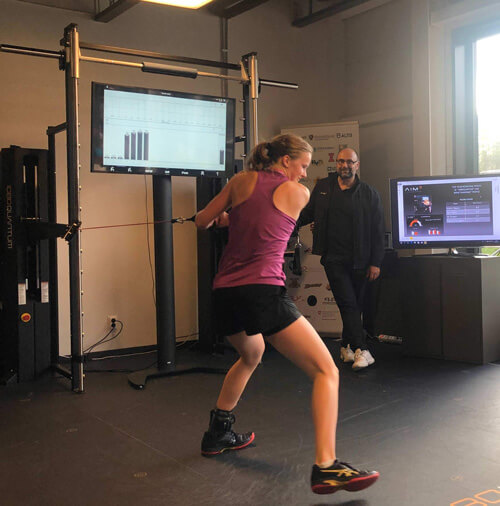Athletic Development
Building the Athlete First

Summary
Magnus Norman, co-founder of the Good to Great Tennis Academy, emphasizes the importance of building athleticism before developing tennis skills in young players. He employs a holistic approach that combines mental and physical training, focusing on individual needs and fostering a supportive environment. By prioritizing communication and data analysis, Norman guides players through their development, preparing them to transition from good to great.
Highlights -🏆
- Athlete First: Building athleticism is essential before focusing on tennis skills. ⚽
- Intent Matters: A player’s mental focus significantly impacts performance outcomes. 🧠
- Structured Training: Training weeks are categorized for clarity and purpose. 📅
- Individualized Approach: Data-driven assessments tailor training to each athlete’s needs. 🔍
- Communication is Key: Collaboration among coaches enhances player development. 🗣️
- Resilience: Learning from losses is crucial for long-term success. 📉
- Self-Directed Learning: Players must take initiative in their training journey. 🚀
Key Insights -💡
- Foundation of Athleticism: Focusing on athleticism lays a strong groundwork for future tennis skills, ensuring players can handle the physical demands of the sport. This foundational phase is critical for long-term success. 🏋️♂️
- Mental Focus and Intent: The ability to harness mental energy and intention can transform a player’s performance, highlighting the importance of psychology in sports. Coaches should integrate mental training strategies alongside physical practice. 🧘♂️
- Purposeful Training Structure: Dividing training into specific goals (Base, Tournament Preparation, and Fitness Weeks) allows for targeted development and helps athletes understand their training’s purpose. This structure optimizes their performance readiness. 📈
- Data-Driven Coaching: Using objective data to assess player capabilities allows for tailored training regimens. This individualization ensures that each athlete’s unique needs are met, enhancing their overall performance. 📊
- Collaborative Communication: Regular interactions between fitness and tennis coaches foster a comprehensive understanding of player development. This teamwork ensures that training strategies are aligned and effective. 🤝
- Learning from Losses: Embracing setbacks as learning opportunities cultivates resilience, which is vital for athletes’ growth. Players who reflect on their experiences tend to develop stronger motivation and improve faster. 📚
- Encouraging Autonomy: Promoting self-directed learning encourages players to take ownership of their development. This intrinsic motivation is crucial for navigating the challenges of a competitive sport like tennis. 🌟
Full Article: Building the Athlete First

Continue Reading









You must be logged in to post a comment Login